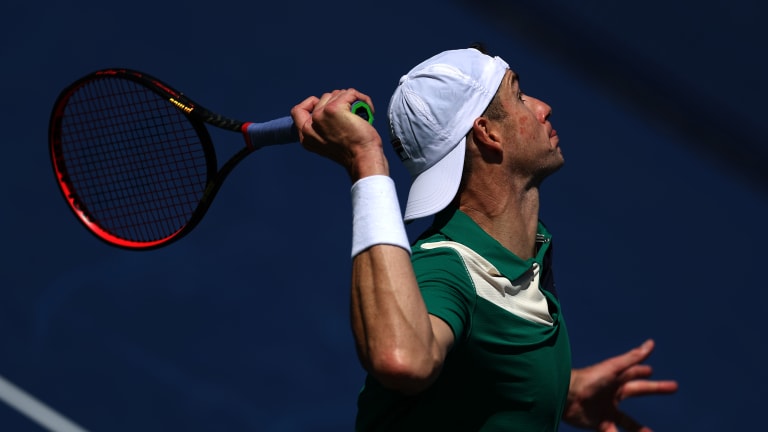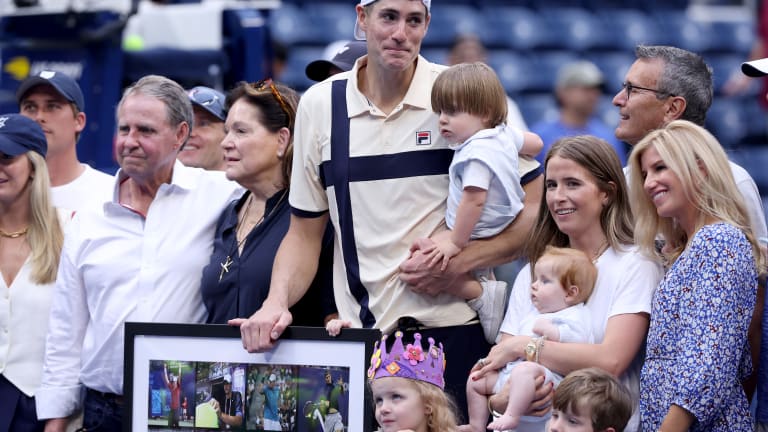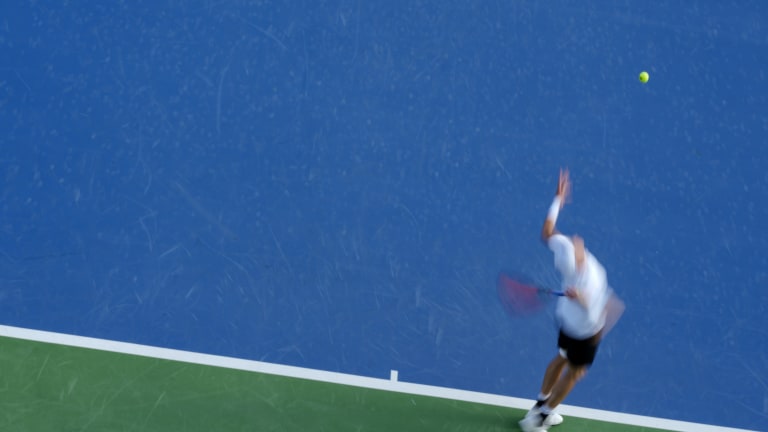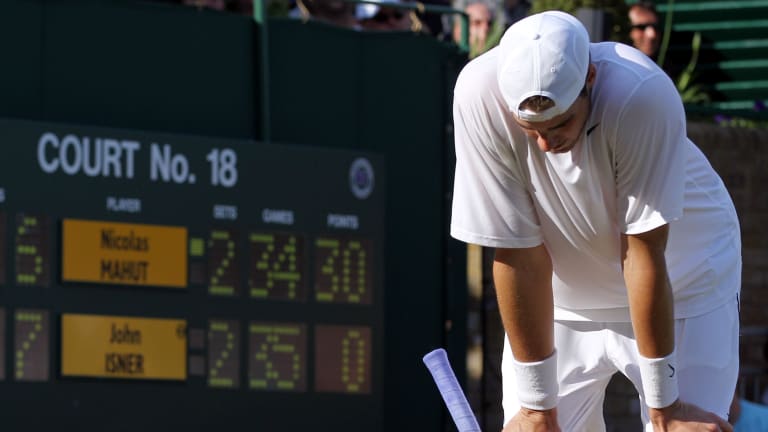US Open
John Isner, serving ace and winner of the longest tennis match, ends career at US Open
By Aug 31, 2023US Open
Eric Butorac will replace Stacey Allaster as US Open tournament director
By Nov 17, 2025US Open
Beyond The Champions: 2025 US Open Winners and Losers
By Sep 10, 2025US Open
In US Open defeat, Jannik Sinner faces his shortcomings
By Sep 09, 2025US Open
Amanda Anisimova's US Open fortnight wasn't just "incredible"—it was redemptive
By Sep 09, 2025US Open
Overcoming Doubt, Finding Deliverance: Six WTA takeaways from the 2025 US Open
By Sep 08, 2025US Open
Service and a smile: How Carlos Alcaraz conquered Jannik Sinner at the 2025 US Open
By Sep 08, 2025US Open
Carlos Alcaraz captures sixth Slam and second US Open title, dethrones No. 1 Jannik Sinner
By Sep 07, 2025US Open
Alcaraz vs. Sinner US Open final start delayed by 30 minutes
By Sep 07, 2025US Open
Blinding Lights: Amanda Anisimova rues missed opportunities, serve woes after US Open final
By Sep 07, 2025John Isner, serving ace and winner of the longest tennis match, ends career at US Open
He was a proverbial “gentle giant” who left as many fans as aces scattered around the world’s courts.
Published Aug 31, 2023
Advertising
Advertising

John Isner serves in his last singles match, a five-set loss to fellow American Michael Mmoh.
© Getty Images
Advertising

A father of four, Isner's emotions were on full display during his final US Open.
© Getty Images
Advertising
Advertising

John Isner's serve is one of the most effective shots in the history of the sport.
© Getty Images
Advertising

The American at 35-34 in the fifth set of the true tennis epic. Another 69 games followed.
© 2010 Getty Images
Advertising

Thanks, John.